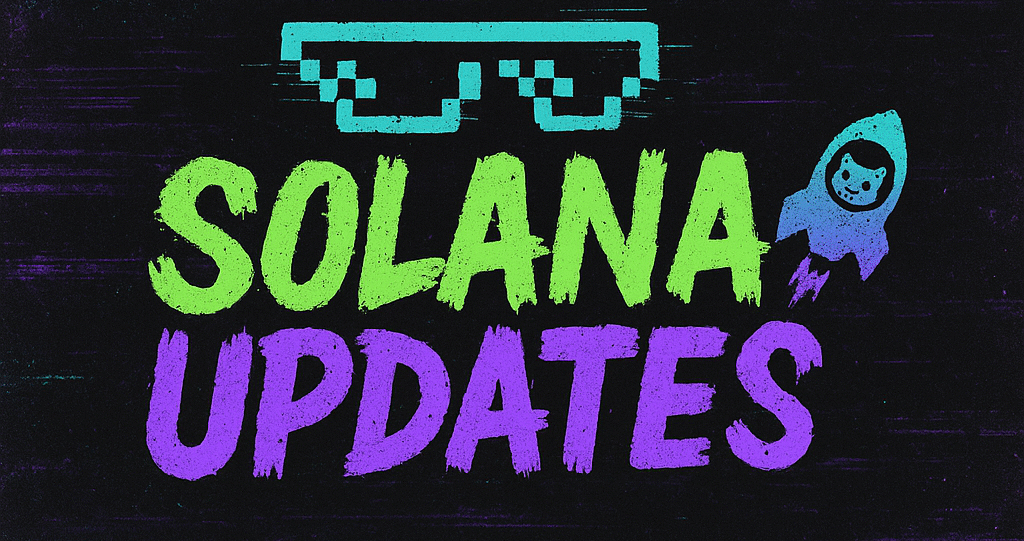Monero Faces Decentralization Concerns Amid Qubic’s Hashrate Dominance
The cryptocurrency world was jolted by recent revelations that Qubic, a relatively unknown entity until now, has successfully achieved hashrate dominance over the Monero network. This development has sparked a heated debate about the implications for Monero’s decentralization and the broader cryptocurrency ecosystem.
Monero, which prides itself on being a privacy-focused cryptocurrency, has long been a favorite among those who value anonymity and censorship resistance. However, the network’s core principles are now under scrutiny following Qubic’s reported control over more than 51% of its hashrate. This control effectively gives Qubic the power to influence, or even manipulate, the network’s transaction verifications and block additions.
So, how did Qubic manage to achieve this level of dominance? According to sources close to the situation, Qubic has invested heavily in mining infrastructure, acquiring state-of-the-art equipment and securing strategic partnerships to optimize their mining operations. This aggressive expansion allowed them to gradually increase their share of the Monero network’s processing power until they reached the critical 51% threshold.
The implications of this are significant. In a blockchain network, achieving over 50% of the network’s hashrate—commonly referred to as a ‘51% attack’—means that the entity can potentially reverse transactions, double-spend coins, and block new transactions from being confirmed by monopolizing the creation of new blocks. Such capabilities pose a severe threat to the network’s integrity and could erode trust among users and investors.
Despite these concerns, Qubic has publicly stated that they have no intention of exploiting their position for malicious purposes. In a statement issued by the company, Qubic claims that their primary goal is to enhance the security and reliability of the Monero network by implementing advanced technologies and protocols. They assert that their efforts are focused on strengthening the network, not undermining it.
However, not everyone is convinced by Qubic’s assurances. Critics argue that the very existence of a single entity with such a significant influence over the network contradicts the fundamental decentralized ethos of cryptocurrencies. They warn that even if Qubic’s intentions are benign for now, the mere possibility of future exploitation cannot be ignored.
The Monero community is now faced with a dilemma. On one hand, there is a need to address the centralization issue raised by Qubic’s dominance. On the other hand, drastic measures to counteract this dominance could potentially disrupt the network and its users. Community discussions are already underway, with some proposing changes to the network’s consensus mechanism to make it more resistant to such takeovers.
As the situation unfolds, the Monero team and its supporters are likely to explore a range of solutions, from technical adjustments to governance reforms, to restore confidence in the network’s decentralization. The outcome of these deliberations could set a precedent for how other cryptocurrency networks handle similar challenges in the future.
For now, the Monero network remains operational, but the shadow of Qubic’s control looms large, reminding all stakeholders of the delicate balance between security, decentralization, and innovation in the world of cryptocurrencies.
🛒 Recommended Product: Check out top-rated crypto gear on Amazon


